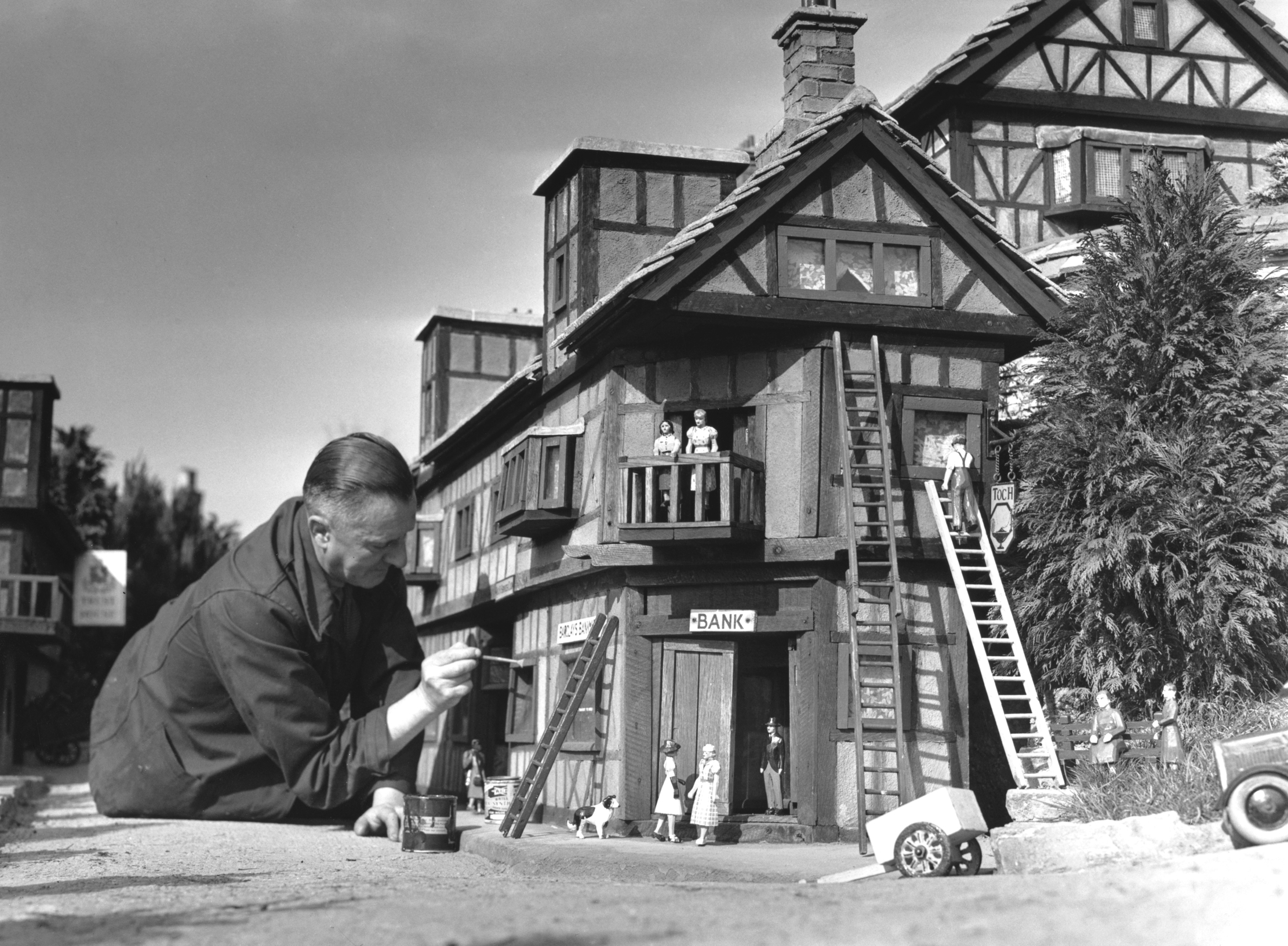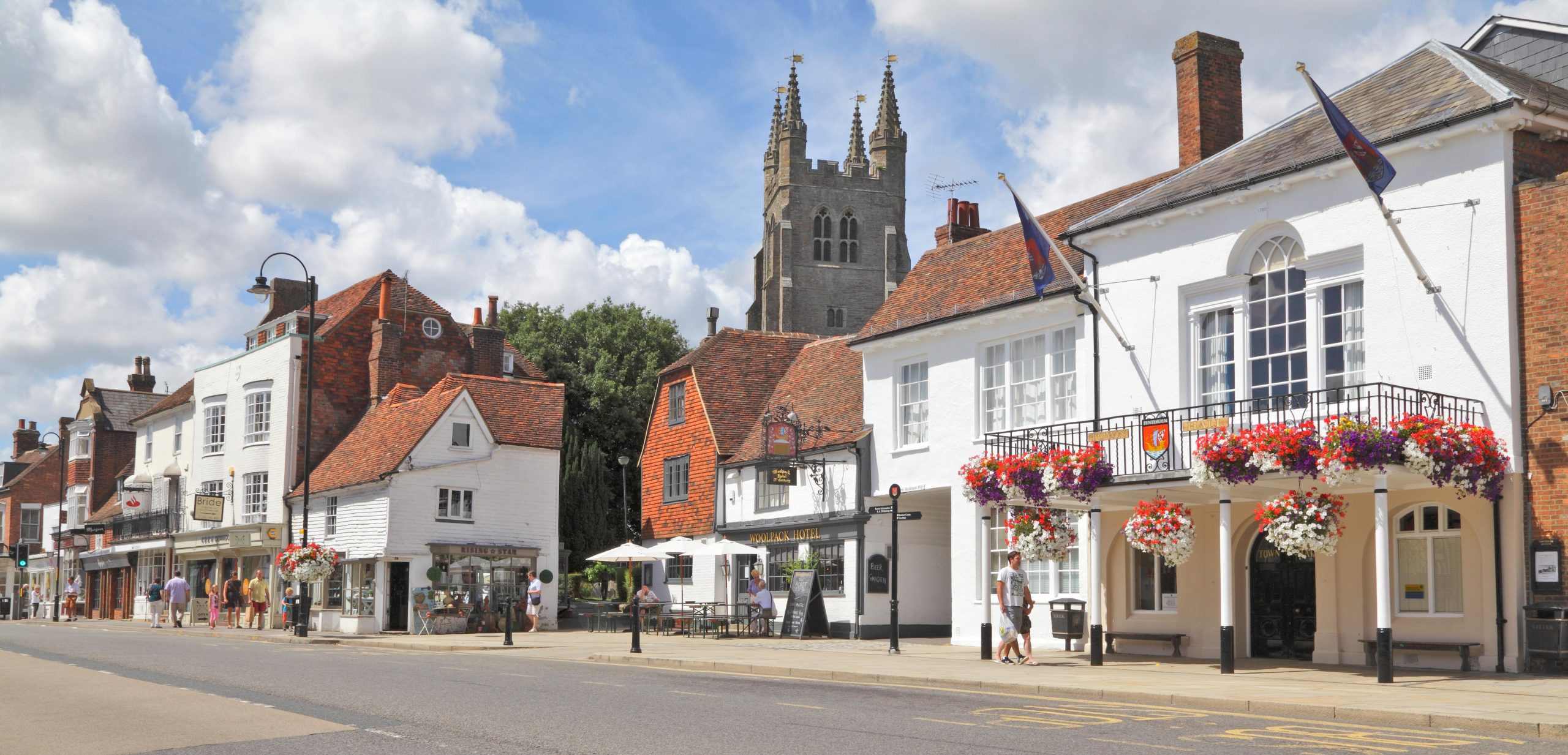Tips on lead roofing
Lead plays an all-important part in traditional British building. Matthew Slocombe demands that we accept no substitutes.


Lead is still invaluable as weather protection for many traditional British buildings. Even when not used as a roof covering, it can be present as a gutter or flashing, or a bridge at awkward junctions between walls and roofs. Before cast iron became common, lead was also the main material for rainwater pipes and cisterns. Some magnificent dated and decorated samples of this survive. Lead roofs and gutters are made by laying sheets of the metal onto timber boards. Jointing details allow the sheets to integrate, producing a weatherproof surface. Lead sheets come in different weights, given code numbers. Code 7, for example, is used for larger sheets on historic roof repairs. The number indicates the lead is of a thickness to weigh 7lb per square foot. A thinner code 4 or 5 might be used for flashings. The weight of the lead has health and safety implications, too. On a roof, lead sheets can only be effectively manouevred by hand. David Lodge of Essex builders Lodge and Sons says that his firm must now have extra manpower on site to lift lead sheet into place. There is a long tradition of marking lead (officially or unofficially). Plaques are most likely to be found on country houses or churches with large areas of lead, but lesser buildings may still bear the historic graffiti of workers - most common are the outlines of hands and feet, often initialled and dated. What to Watch Out For Lead can survive on a roof for generations, but, as with all roof coverings, some deterioration eventually occurs, mostly at joints and junctions. Over time, with repeated warming and cooling, large sheets of lead have a tendency to 'creep' down a roof slope. Occasionaly, lead deteriorates from below, not above. Chris Wood from the Building Conservation and Research team at English Heritage suggests that if no unusual decay has been encountered during repair, there should be no need to alter the constructional form and detail of an old lead roof. However, English Heritage is researching why lead sometimes corrodes on the underside. Weather changes when laid and changes to the inside of the building can be significant. Beating Corrosion Condensation is at the heart of the problem, and various measures can be taken to protect newly-laid lead from this corrosive acidity, namely:
Laying the roof in the springApplying a chalk emulsion Patch Repair Patch repair is possible, but requires heat which has, in the past, lead to some disastrous house fires. The National Trust now has a stringent policy on lead burning. Lead roofing has been used on some of the country's best buildings, with an enviable record of performance and longevity. Accept no substitutes. Contacts and Information: * The Lead Sheet Association (01892 822773) www.leadsheetassociation.org.uk * Lead Roofs on Historic Buildings (English Heritage advice notes - 020 7973 3000) * SPAB Technical Advice (020 7456 0916)
Sign up for the Country Life Newsletter
Exquisite houses, the beauty of Nature, and how to get the most from your life, straight to your inbox.
Country Life is unlike any other magazine: the only glossy weekly on the newsstand and the only magazine that has been guest-edited by HRH The King not once, but twice. It is a celebration of modern rural life and all its diverse joys and pleasures — that was first published in Queen Victoria's Diamond Jubilee year. Our eclectic mixture of witty and informative content — from the most up-to-date property news and commentary and a coveted glimpse inside some of the UK's best houses and gardens, to gardening, the arts and interior design, written by experts in their field — still cannot be found in print or online, anywhere else.
-
 A day walking up and down the UK's most expensive street
A day walking up and down the UK's most expensive streetWinnington Road in Hampstead has an average house price of £11.9 million. But what's it really like?
By Lotte Brundle Published
-
 Life in miniature: the enduring charm of the model village
Life in miniature: the enduring charm of the model villageWhat is it about these small slices of arcadia that keep us so fascinated?
By Kirsten Tambling Published
-
 What to expect when you're expecting (to move to the countryside)
What to expect when you're expecting (to move to the countryside)On March 28, agents Michael Graham will be showcasing some of their best countryside properties at their west London office.
By James Fisher Published
-
 Property Talk: When is the right time to downsize?
Property Talk: When is the right time to downsize?Sometimes our homes can get too big for us, meaning it’s time to downsize. Here, we speak to those involved with the process.
By James Fisher Published
-
 How to win in the property market: Tips from some of Britain's best buying agents
How to win in the property market: Tips from some of Britain's best buying agentsWhether looking for the perfect family home or negotiating on price, buying agents do the heavy lifting–and are well used to analysing the market. Carla Passino gets advice from a few of the best.
By Carla Passino Published
-
 Top tips on renting your holiday home
Top tips on renting your holiday homeThe holiday-home market on the Cornish coast looks set for a lively summer. Arabella Youens finds out how to make the running costs bearable.
By Arabella Youens Published
-
 Tips and advice for holiday home owners
Tips and advice for holiday home ownersWith the start of the summer season nearly upon us, more and more country-house owners are dipping into the short-let scene.
By Country Life Published
-
 Property guide to Elstead
Property guide to ElsteadFreddie Mack shares the secrets of Elstead in Surrey, a prime spot for young families looking for properties outside London near good schools
By Country Life Published
-
 Property guide to Cheriton
Property guide to CheritonIf you're considering buying property in or around Cheriton this year, take a look at our property guide which covers where to buy, what prices to expect and where to have fun in the area
By Country Life Published
-
 Make your holiday let work for you
Make your holiday let work for youIf you're considering renting out your holiday property prepare by reading this first
By Country Life Published
